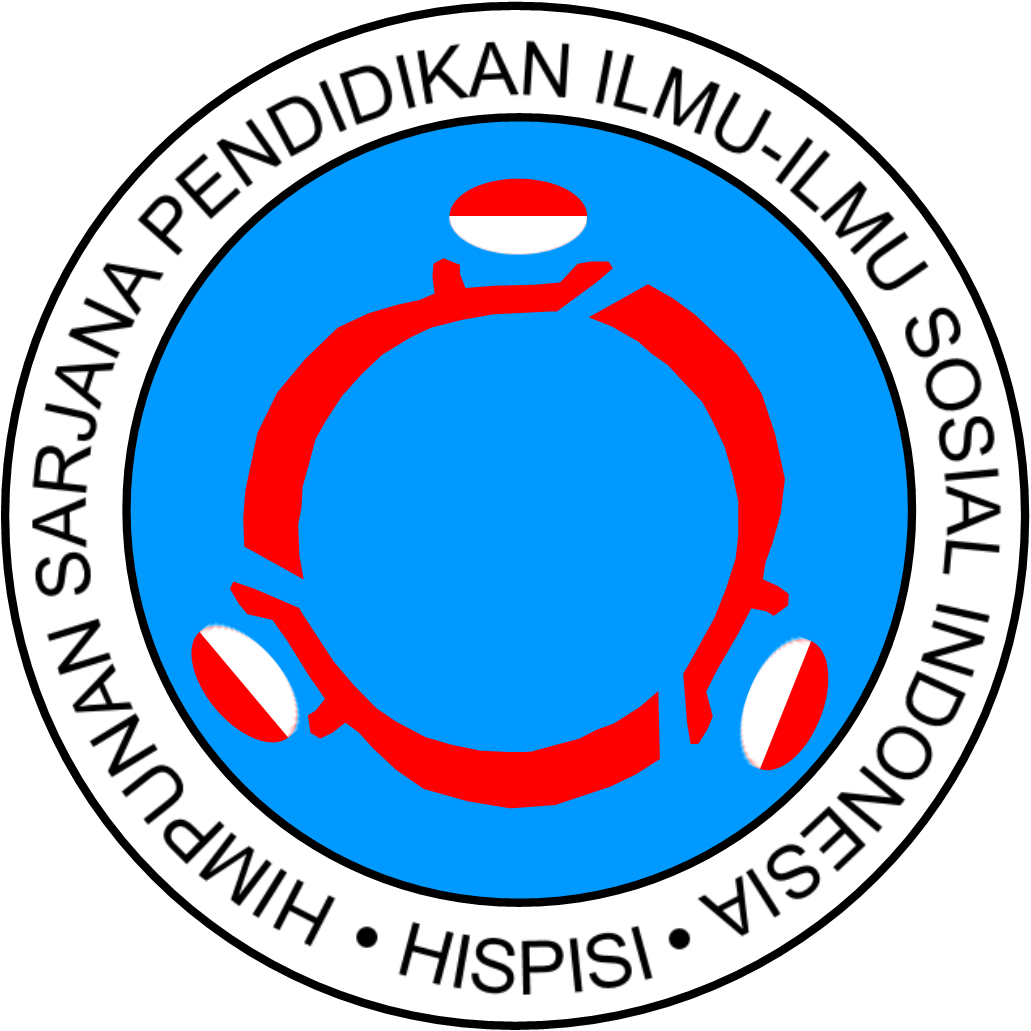The Influence of “Pintu Berkah” FTV Program on The Saving Attitude
Abstract
Keywords
Full Text:
PDFReferences
Bach, S. B., and Kim, S. (2012). Online consumer complaint behaviors: The dynamics of service failures, consumers' word of mouth, and organization-consumer relationships. International Journal of Strategic Communication, 6(1), 59-76.
Cardoso, P. R., and Pinto, S. C. (2010). Hedonic and utilitarian shopping motivations among Portuguese young adult consumers. International Journal of Retail and Distribution Management, 38(7), 538-558.
Costello, V., and Moore, B. (2007). Cultural outlaws: An examination of audience activity and online television fandom. Television and New Media, 8(2), 124-143.
Collier, P., and Gunning, J. W. (1999). Explaining African economic performance. Journal of Economic Literature, 37(1), 64-111.
Collins, R. L., Elliott, M. N., Berry, S. H., Kanouse, D. E., Kunkel, D., Hunter, S. B., and Miu, A. (2004). Watching sex on television predicts adolescent initiation of sexual behavior. Pediatrics, 114(3), e280-e289.
Edwards, J. R., and Lambert, L. S. (2007). Methods for integrating moderation and mediation: A general analytical framework using moderated path analysis. Psychological Methods, 12(1), 1.
Eisend, M., and Möller, J. (2007). The influence of TV viewing on consumers' body images and related consumption behavior. Marketing Letters, 18(1), 101-116.
Ferriss, A. L. (2002). Religion and the quality of life. Journal of Happiness Studies, 3(3), 199-215.
G. Koenig, H., and Larson, D. B. (2001). Religion and mental health: Evidence for an association. International Review of Psychiatry, 13(2), 67-78.
Harris, J. L., Bargh, J. A., and Brownell, K. D. (2009). Priming effects of television food advertising on eating behavior. Health psychology, 28(4), 404.
Hellén, K., and Sääksjärvi, M. (2011). Happiness as a predictor of service quality and commitment for utilitarian and hedonic services. Psychology and Marketing, 28(9), 934-957.
Heckathorn, D. D. (1997). Respondent-driven sampling: A new approach to the study of hidden populations. Social Problems, 44(2), 174-199.
Liana, L. (2009). Penggunaan MRA dengan SPSS untuk menguji pengaruh variabel moderating terhadap hubungan antara variabel independen dan variabel dependen. Dinamik, 14(2), 7-90.
Lestari, U. I., Suryatna, U., and Kusumadinata, A. A. (2018). Pengaruh menonton tayangan FTV kuasa ilahi terhadap perilaku masyarakat. Jurnal Komunikatio, 4(1), 51-62.
Molyo, P. D., Adi, D. S., and Saudah, S. (2013). Pendekatan atribusi polysemic khalayak untuk meningkatkan durasi. Jurnal Ilmu Komunikasi, 3(1), 1-16.
Mundir, A. (2018). Penerapan pendidikan financial pada anak usia sekolah. Journal Al-Mudarris, 1(2), 108.
Meesala, A., and Paul, J. (2018). Service quality, consumer satisfaction and loyalty in hospitals: Thinking for the future. Journal of Retailing and Consumer Services, 40, 261-269.
Putra, K. S. (2015). Implmentasi pendidikan agama islam melalui budaya religius (religious culture) di sekolah. Jurnal Kependidikan, 3(2), 14-32.
Reed, S. (1982). Cognition: Theory and applications. American Journal Psychology, 9(5), 525.
Salehi, F., Abdollahbeigi, B., Langroudi, A. C., and Salehi, F. (2012). The impact of website information convenience on e-commerce success of companies. Procedia-social and behavioral sciences, 57, 381-387.
Suminta, R. R. (2016). Hubungan antara tipe kepribadian dengan orientasi religiusitas. Fikrah: Jurnal Ilmu Aqidah dan Studi Keagamaan, 4(2), 214-227.
Suharyat, Y. (2009). Hubungan antara sikap, minat dan perilaku manusia. Jurnal Region, 1(3), 1-19.
Swoboda, B., and Morschett, D. (2001). Convenience-oriented shopping: a model from the perspective of consumer research. In Food, people and society: A European perspective of consumers’ food choices 2(1), (pp. 177-196). Berlin, Heidelberg: Springer Berlin Heidelberg.
Tharaneetharan, P., Shafni, M. I. M., Marikar, F. F., Thiwanka, K. D. S., and Fernando, S. G. S. (2014). QB-(Quick Buy)-Convenient Modern Shopping System Based on RFID Technology with Indoor Maps. Compusoft, 3(10), 1172.
Wulandari, R. D., and Iskandar, D. A. (2018). Pengaruh citra merek dan kualitas produk terhadap keputusan pembelian pada produk kosmetik. Jurnal Riset Manajemen Dan Bisnis (JRMB) Fakultas Ekonomi UNIAT, 3(1), 11-18.
Wu, S. I. (2003). The relationship between consumer characteristics and attitude toward online shopping. Marketing Intelligence and Planning, 21(1), 37-44.
Woo, J., Ahn, J., Lee, J., and Koo, Y. (2015). Media channels and consumer purchasing decisions. Industrial Management and Data Systems, 115(8), 1510-1528.
Yudhyarta, D. Y. (2020). Pemberdayaan etika pancasila dalam konteks kehidupan kampus. Al-Liqo: Jurnal Pendidikan Islam, 5(1), 43-63.
DOI: https://doi.org/10.17509/jpis.v30i1.28486
Refbacks
- There are currently no refbacks.
Copyright (c) 2021 Ananda Salma Pebrianty, Ridwan Effendi, Kusnendi Kusnendi

This work is licensed under a Creative Commons Attribution-NonCommercial-ShareAlike 4.0 International License.














